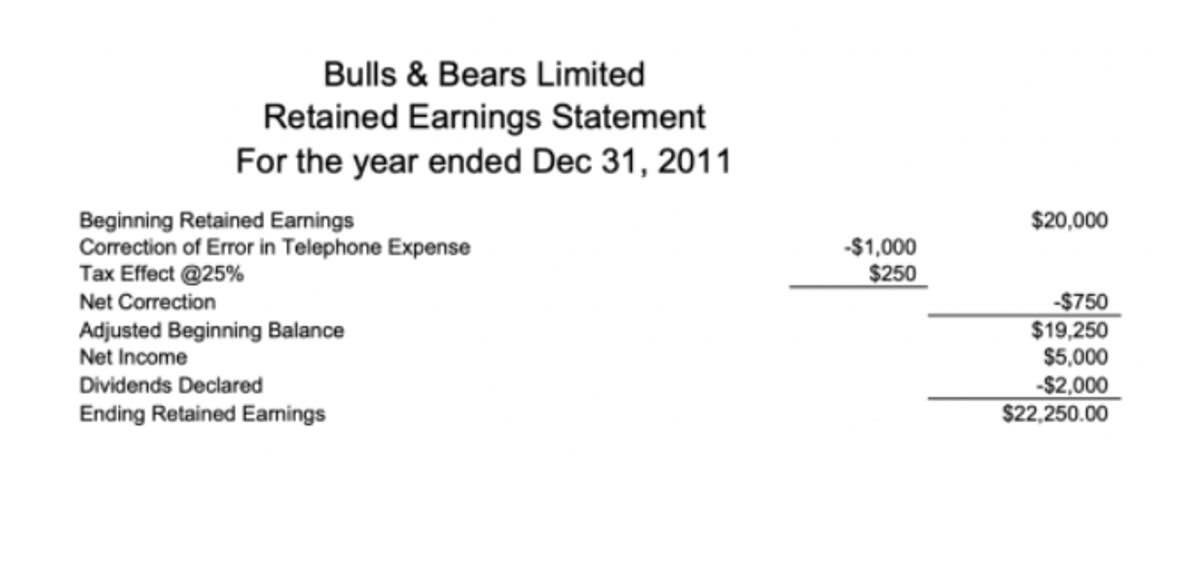Solved Nonmanufacturing costs include assembly-line worker

Note 1.48 «Business in Action 1.6» provides examples of nonmanufacturing costs at PepsiCo, Inc. The two broad categories of costs are manufacturing costs and nonmanufacturing costs. Costs that fluctuate based on the level of production or sales, such as raw materials and direct labor. Examples of general and administrative costs include salaries and bonuses of top executives and the costs of administrative departments, including personnel, accounting, legal, and information technology.
- Examples of general and administrative costs include salaries and bonuses of top executives and the costs of administrative departments, including personnel, accounting, legal, and information technology.
- These costs are represented during a period of time and are not calculated into the cost of good sold.
- Note 1.43 «Business in Action 1.5» details the materials, labor, and manufacturing overhead at a company that has been producing boats since 1968.
- Recall from other tutorials that variable costs change in proportion to production.
- As mentioned above, nonmanufacturing costs cannot be included in inventory or the cost of goods sold; rather, nonmanufacturing costs are reported as SG&A expenses and Interest Expense in the accounting period in which they occur.
Manufacturing Costs in accounting:

Other manufacturing overhead items are factory building rent, maintenance and depreciation for production equipment, factory utilities, and quality control testing. Since nonmanufacturing overhead costs are outside of the manufacturing function, these nonmanufacturing costs are immediately expensed in the accounting period in which they are incurred. That is why accountants refer to nonmanufacturing costs as period costs or period expenses. The wood used to build tables and the hardware used to attach table legs would be considered direct materials. Small, inexpensive items like glue, nails, and masking tape are typically nonmanufacturing costs include not included in direct materials because the cost of tracing these items to the product outweighs the benefit of having accurate cost data. These minor types of materials, often called supplies or indirect materials, are included in manufacturing overhead, which we define later.

Chegg Products & Services
Figure 2.3.1 shows examples of production activities at https://www.facebook.com/BooksTimeInc/ Custom Furniture Company for each of the three categories. Non-manufacturing costs refer to expenses that are not directly tied to the production of goods or services. These costs encompass a variety of expenses such as selling, administrative, and research and development costs, which support the overall operations of a business but do not contribute to the creation of products. Understanding non-manufacturing costs is essential for effective budgeting and financial planning as they impact overall profitability and can influence pricing strategies. Figure 1.4 shows examples of production activities at Custom Furniture Company for each of the three categories (we continue using this company as an example in Chapter 2). On the other hand, a product with a low gross profit may actually be very profitable, if it uses only a minimal amount of administrative and selling expense.
What Is the Definition of Manufacturing Overhead Budgets?
- Examples of direct materials for each boat include the hull, engine, transmission, carpet, gauges, seats, windshield, and swim platform.
- This is especially true for specific product-related commissions and promotions.
- Under generally accepted accounting principles (GAAP), these expenses are not product costs.
- Manufacturing Overhead This refers to manufacturing costs other than direct material and direct labour costs.
- Therefore, always consult with accounting and tax professionals for assistance with your specific circumstances.
We use the term nonmanufacturing overhead costs or nonmanufacturing costs to mean the Selling, General & Administrative (SG&A) expenses and Interest Expense. Under generally accepted accounting principles (GAAP), these expenses are not product costs. (Product costs only include direct material, direct labor, and manufacturing overhead.) Nonmanufacturing costs are reported on a company’s income statement as expenses in the accounting period in which they are incurred.
This is especially true for specific product-related commissions and promotions. These costs are typically classified as expenses in the period they are incurred in the income statement of a company, as they don’t generate future economic benefits or cannot be linked directly to the cost of products or services sold. Recall from other tutorials that variable costs change in proportion to production. For instance, in our example of Friends Company, the company purchases metal parts (raw material) to produce valves. The more valves are produced, the more parts Friends Company has to acquire.

Direct materials — cost of items that form an integral part of the finished product. Examples include wood in furniture, steel in automobile, water in bottled drink, fabric in shirt, etc. Note «Business in Action 2.3.1» details the materials, labor, and manufacturing overhead at a company that has been producing boats since 1968. From the table you can see that direct materials are the integral part and a significant portion of finished goods.

These costs are not directly tied to the production of goods or services, but rather to the overall operation of the company. Examples of period costs may include rent, salaries and wages of administrative staff, office supplies, marketing and advertising expenses, and other similar expenses. While these costs are necessary for the overall functioning of the business, they do not directly contribute to the production of goods or services.
Administrative Costs in accounting:
Direct materials should be distinguished from indirect materials (part of overhead costs), about which we will talk later. Examples of selling costs for PepsiCo include television advertising (probably the biggest piece of the $22,800,000,000), promotional coupons, costs of shipping products to customers, and salaries of marketing and advertising personnel. Costs of production include many of the fixed and variable costs of operating a business. Nonmanufacturing overhead costs are the company’s selling, general and administrative (SG&A) expenses plus the company’s interest expense.
- Understanding non-manufacturing costs is essential for effective budgeting and financial planning as they impact overall profitability and can influence pricing strategies.
- You might view this account as containing the cost of the products in the finished goods warehouse.
- If the net realizable value of the inventory is less than the actual cost of the inventory, it is often necessary to reduce the inventory amount.
- Since nonmanufacturing overhead costs are outside of the manufacturing function, these nonmanufacturing costs are immediately expensed in the accounting period in which they are incurred.
- Therefore, the per-item cost of manufacturing falls and the business becomes more profitable.
- Non-manufacturing costs include those costs that are not incurred in the production process but are incurred for other business activities of the entity.
- Manufacturing overhead includes the indirect materials and indirect labor mentioned previously.
Manufacturing and non-manufacturing costs together form total costs for a manufacturing entity. They are impacted by different factors and thus their appropriate categorization is important. Manufacturing cost overruns indicate production inefficiency whereas non-manufacturing cost overruns indicate inefficiency in other areas of operations. Each of them requires a different set of cost control measures, making appropriate cost categorization even https://www.bookstime.com/articles/stock-splits-and-stock-dividends more essential. Manufacturing cost is the core cost categorization for a manufacturing entity. It encompasses the costs that must be incurred so as to produce marketable inventory.